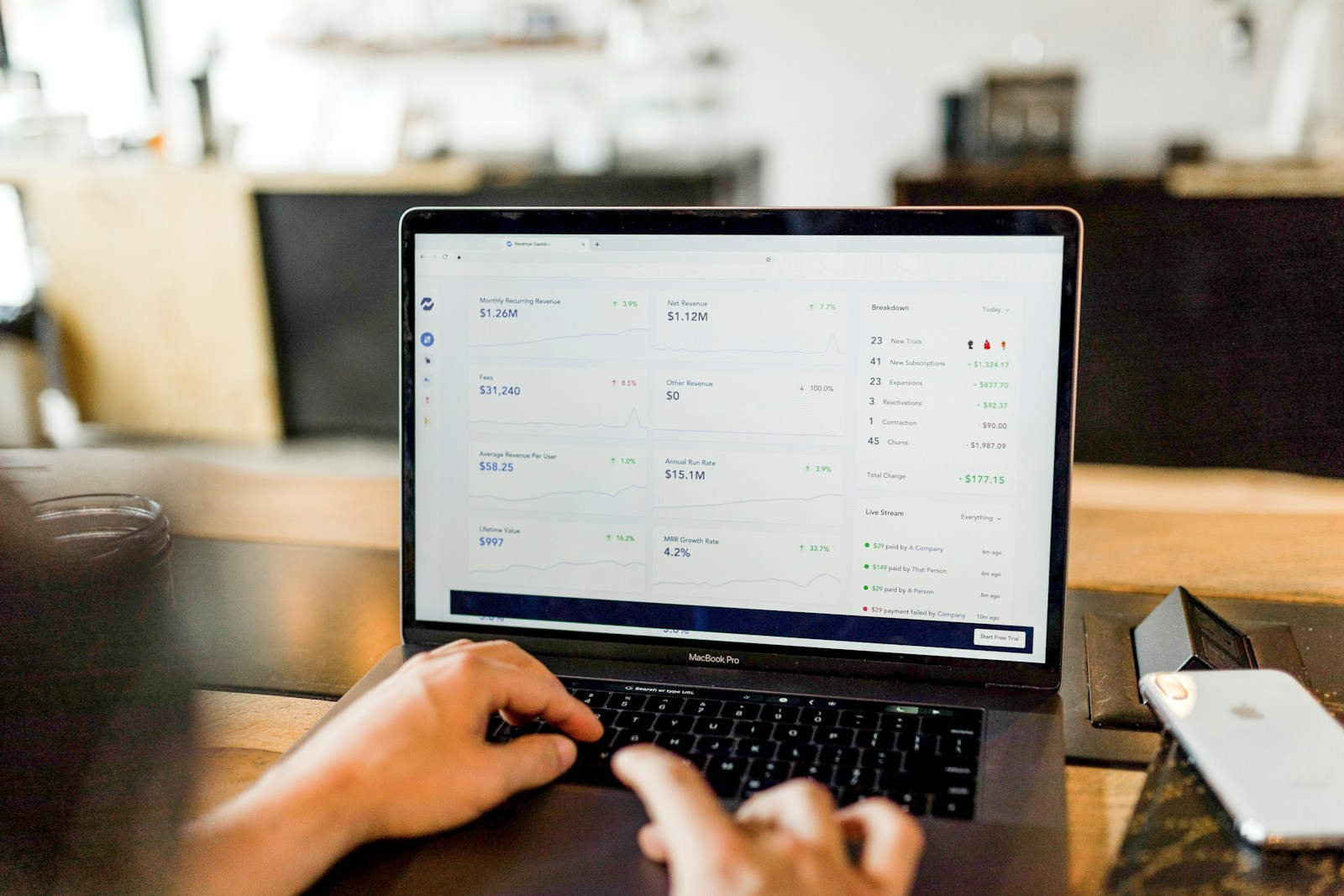Bonds are a key component of many investment portfolios, providing stable income and diversification. However, when evaluating bonds, it’s essential to understand the difference between two important concepts: face value and market value. While both terms are related to a bond’s price, they represent different things and can have significant implications for both buyers and sellers.
In this article, we will explore the definitions, differences, and significance of a bond’s face value and market value, including how each is determined, and how they impact investment decisions.
What Is a Bond’s Face Value?
A bond’s face value, also known as its par value or nominal value, is the amount of money the bondholder will receive from the issuer when the bond matures. It is the original value of the bond when it is issued and is typically expressed in round numbers like $1,000 or $100. The face value is also the basis on which interest payments, known as coupon payments, are calculated.
Key Characteristics of Face Value
- Fixed Amount: The face value is set when the bond is issued and does not change over the life of the bond.
- Redemption Value: At maturity, the bondholder receives the face value, which is typically $1,000 for corporate bonds or $100 for government bonds.
- Coupon Payments: The interest paid on the bond is usually calculated as a percentage of the face value. For example, if a bond has a face value of $1,000 and a coupon rate of 5%, the bondholder will receive $50 in interest annually.
Why Face Value Matters
- Maturity Payment: The face value is what the bondholder receives when the bond matures, assuming the issuer does not default.
- Coupon Calculation: The fixed interest payments are based on the bond’s face value, making it a critical number for income-focused investors.
- Benchmark for Market Value: The face value serves as a reference point for determining whether a bond is trading at a discount, premium, or at par in the market.
What Is a Bond’s Market Value?
A bond’s market value is the price at which it can be bought or sold in the secondary market. Unlike face value, which remains fixed, the market value fluctuates based on a variety of factors, including changes in interest rates, the issuer’s creditworthiness, and overall market conditions. The market value may be above (premium), below (discount), or equal to (par) the bond’s face value.
Key Factors That Influence Market Value
- Interest Rates: The most significant factor affecting a bond’s market value is the prevailing interest rate environment. When interest rates rise, existing bonds with lower coupon rates become less attractive, causing their market value to drop. Conversely, when interest rates fall, existing bonds with higher coupon rates become more valuable, pushing their market value above face value.
- Credit Risk: The market value of a bond is also influenced by the credit risk associated with the issuer. If the issuer’s credit rating is downgraded, the market value of its bonds may decline due to perceived higher risk. On the other hand, if the issuer’s creditworthiness improves, the bond’s market value may increase.
- Time to Maturity: The closer a bond is to its maturity date, the more its market value converges toward its face value, especially if interest rates and credit risk remain stable.
- Supply and Demand: Market forces, such as investor demand for specific types of bonds, can also impact market value. If a particular bond is in high demand, its market value may rise above its face value.
Why Market Value Matters
- Buying and Selling: The market value is the price investors pay when purchasing a bond or the amount they receive when selling it before maturity.
- Yield Calculation: The yield, or return on investment, is calculated based on the bond’s market value. A bond’s current yield or yield to maturity can vary depending on whether it is purchased at a premium, discount, or par.
- Investment Strategy: Investors need to consider the market value when evaluating whether a bond offers a good return relative to its risks.
Major Differences Between Face Value and Market Value
1. Definition and Stability
- Face Value: The fixed amount that the bondholder will receive at maturity. It does not change and serves as a constant benchmark for calculating interest payments.
- Market Value: The fluctuating price of the bond in the secondary market, driven by interest rates, credit ratings, supply and demand, and other market conditions.
2. Purpose and Usage
- Face Value: Used to determine the amount paid at maturity and the basis for interest payments (coupon rate).
- Market Value: Used to determine the price at which a bond can be bought or sold in the market before maturity. It is critical for trading decisions and yield calculations.
3. Impact of Interest Rates
- Face Value: Unaffected by changes in interest rates. It remains fixed over the life of the bond.
- Market Value: Highly sensitive to interest rate changes. When rates rise, market values generally fall, and when rates fall, market values generally rise.
4. Investor Consideration
- Face Value: Important for bondholders who intend to hold the bond to maturity and collect the fixed interest payments.
- Market Value: Essential for investors who trade bonds in the secondary market or want to assess the current value of their holdings relative to new bond issuances.
5. Timing of Relevance
- Face Value: Most relevant at the bond’s issuance and upon maturity.
- Market Value: Most relevant during the bond’s life, especially if the investor plans to sell before maturity.
Example Illustrating the Difference
Suppose you purchase a bond with a face value of $1,000 and a coupon rate of 5%, meaning it pays $50 annually. After a year, interest rates in the broader market rise to 7%. New bonds are being issued with a 7% coupon rate, making your bond’s lower 5% coupon rate less attractive. As a result, the market value of your bond may drop below its face value, say to $900.
If you decide to sell the bond, you will receive $900 (the current market value), not the original $1,000 face value. However, if you hold the bond until maturity, you will still receive the $1,000 face value, regardless of its market value during the bond’s term.
When to Focus on Face Value vs. Market Value
Focus on Face Value:
- Long-Term Holding: If you plan to hold a bond to maturity and are primarily interested in the steady income from coupon payments, face value is the more critical metric.
- Income-Oriented Investors: For those who prioritize fixed income over market fluctuations, face value matters more than the day-to-day changes in market value.
Focus on Market Value:
- Active Trading: If you intend to trade bonds before maturity, market value is crucial because it determines your potential profit or loss.
- Yield Considerations: If you’re buying bonds in the secondary market, market value directly impacts the bond’s yield, which is a key metric for evaluating the investment’s return.
Conclusion: Understanding the Distinction
While both face value and market value are important in bond investing, they serve different purposes and are relevant at different stages of the bond’s life. The face value is stable and fixed, representing the amount paid at maturity and the basis for interest payments. In contrast, the market value is dynamic and fluctuates based on interest rates, credit risk, and other market factors.
For investors looking to hold bonds to maturity, face value is more relevant, while those engaged in trading or evaluating bond yields should pay close attention to market value. Understanding both concepts ensures that you can make informed decisions whether you’re buying, selling, or holding bonds as part of your investment strategy.




